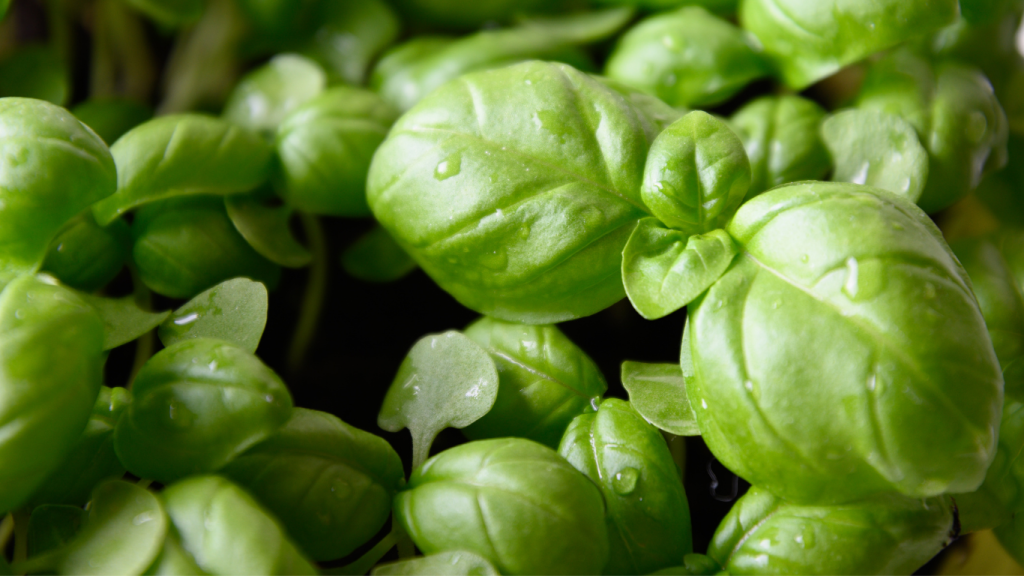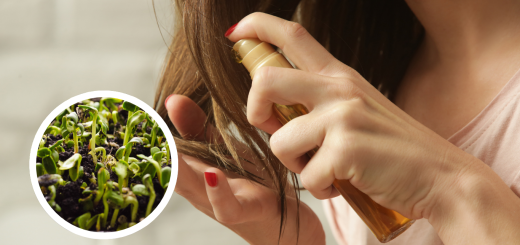Basil Microgreens: Everything You Need to Know to Grow Them
Hi everyone! We’re continuing our series where we explain how to grow different types of microgreens. In each post, we go over their characteristics, step-by-step instructions, and some practical tips based on our own experience.
Basil is perfect for adding a fresh aroma and flavor to your salads, pasta, pizzas, or even for making a mini pesto bursting with taste. If you think of Italian cuisine, basil has probably already come to mind. Plus, its fragrance is delightful from the very first day it germinates!

What You’ll Need
- Basil seeds – You can easily find them in specialty stores or online. There are many varieties, but Genovese basil is one of the most popular for microgreens.
- Growing trays – Flat and shallow, with or without drainage holes.
- Growing medium – Potting soil or coconut coir.
- Spray bottle or fine-mist watering can.
- Natural sunlight or LED grow lights – Basil loves bright light, so make sure it gets plenty.
Step-by-Step Guide to Growing Basil Microgreens
- Prepare the tray
As we always recommend, clean it well before use, with water and soap if needed. - Add the growing medium
Fill the tray with an even layer of soil and lightly moisten it. - Sow the seeds
Spread the basil seeds evenly across the surface. Unlike other varieties, basil germinates best when covered with a very thin layer of soil (1–2 mm). This helps retain the necessary moisture. - Water gently
Use a spray bottle to moisten the surface without moving the seeds. Basil needs a consistently humid environment to germinate. - Blackout period
Cover the tray for the first 3–4 days to encourage germination. You can use another tray or a piece of opaque cardboard. - Light and ventilation
Once the first sprouts appear, uncover the tray and place it in a brightly lit spot or under LED grow lights. Basil needs more light than most other microgreens to grow strong. - Keep it moist
Mist gently once or twice a day, making sure the soil doesn’t dry out. - Harvest time
In 12–21 days, your basil microgreens will be ready. Use clean scissors to cut just above the soil line.
And that’s it!
Basil microgreens don’t just add an intense, aromatic flavor, they’re also packed with nutrients: vitamins A, C, and K, plus calcium, iron, and antioxidants. They’re an ideal way to add a gourmet and healthy touch to any dish.
Thanks for joining us on this green adventure! We’ll see you in the next article.







